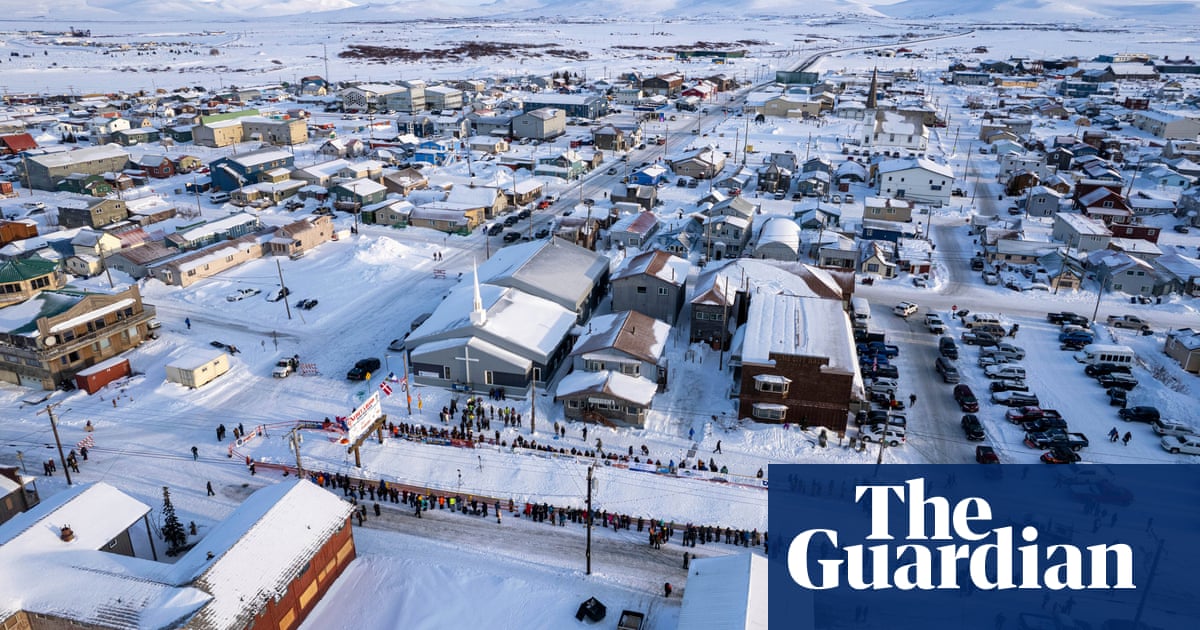
When lecturing on Irish immigration history, I usually start by asking: in which decade was the first footage of people of colour in Ireland filmed? Some students guess the 1960s. Others reach back to the 30s when the singer, actor and activist Paul Robeson performed in Dublin. The answer? The first filmed footage depicting an African diaspora gathering in Ireland is older than the independent Irish state.
The film, a silent black-and-white British Pathé reel, shows members of the Southern Syncopated Orchestra, an early jazz band, at Dublin port in October 1921. The men and women were survivors of a shipwreck. After their safe arrival on another vessel, the band performed for Dublin audiences. In the same month that Dubliners enjoyed the orchestra’s music, Irish republican leaders negotiated national independence with the British government. The footage provides a visual metaphor: Ireland’s history of diversity predates the state itself.
Today, in both the Republic of Ireland and Northern Ireland, anti-immigrant sentiment is rising. Liberal Ireland could once spin a comforting yarn about Ireland’s resistance to far-right electoral trends witnessed elsewhere in Europe. This tale of Irish exceptionalism is now unravelling as immigration becomes a significant electoral issue in Ireland. Local elections earlier this summer proved this. The next general election, which could take place before the end of the year, may well underline it.
Communities representing the island’s growing multiculturalism face increasing violence and hostility, much of it driven by online channels where misinformation spreads unchecked. In November 2023 in Dublin and in August of this year in Belfast, far-right agitation led to rioting. One far-right slogan states: “Ireland belongs to the Irish”. “The Irish”, in this case, signifies an imagined “Irish race” whose “purity” requires protection. An encoded assumption is that Ireland was a country where everybody left but – until recently – nobody arrived.
In popular memory, the Irish emigration story is tied to the famine of the mid-19th century, known in Irish as An Gorta Mór (the Great Hunger). The famine resulted in the deaths of 1 million people. Over the subsequent decades, millions of Irish people emigrated from an already decimated island. Contrary to claims of Ireland being “full”, it has yet to recover its pre-famine population levels.
While the Irish diaspora emerged chiefly from Ireland’s 19th-century cataclysm, the island’s geographic position in the Atlantic has always connected it to global flows of people, goods and culture. For centuries – not decades – Ireland has hosted immigrant communities. The historian David Fitzpatrick estimated that pre-independence Ireland’s immigrant population stood at 28,000. This may seem small. But, as Fitzpatrick counselled, the “cultural impact” of this community was “potentially immense” given Ireland’s “intricate personal networks”.
Well-known names in Irish business and culture have ties to this immigrant community. Italian surnames adorning chip shops across Ireland trace their origins to migrants from a single village, Casalattico, who arrived in the late 19th century. Immigrants and their families participated in the Irish revolution: Michael Noyk, born in Dublin to Jewish parents, one Lithuanian and the other German, was a leading republican lawyer. British intelligence fortuitously learned of Michael Collins’s position in the IRA hierarchy through surveillance of Sidney Arnold, a Latvian man married to an Abbey theatre playwright.
The Irish diaspora provides countless more entangled histories. Irish emigrants arrived to bustling neighbourhoods, sometimes fostering animosities but often cultivating blended identities. As I found in researching my book Hotel Lux, east London in the early 1900s was a crossroads of Irish and Jewish identity. London’s first Black mayor, John Archer, was elected in 1913 as the mayor of Battersea. Archer was born in another migrant city, Liverpool, the son of a Black Barbadian father and a white Irish Catholic mother. In 1958, when Nelson and Winnie Mandela celebrated their wedding, a party took place in the home of Nelson’s friend Michael Harmel, the son of Irish Jewish immigrants, and his Lithuanian-born wife, Ray. “The Irish” are a mixed bunch.
My interest in a diverse history of Irishness is rooted in my childhood. I grew up in Cahir, County Tipperary, a town where an estimated 30% of the population were born outside Ireland.
My childhood and teenage years coincided with Ireland’s “Celtic tiger” economic boom that began in the mid-1990s. Immigrants sought economic opportunities in towns such as Cahir and many stayed even after the crash of 2008. As a result, during my secondary education, fellow students had family in places such as Romania, Algeria and Egypt. I first became fascinated by Russian – a language I later learned – when I heard two classmates, one Ukrainian and the other Lithuanian, using it as a common language. Cahir may be one of Ireland’s most multicultural towns, but it is difficult, perhaps impossible, now to find a community in Ireland without an immigrant population.
I recently reconnected with a classmate who moved to Cahir from Poland as a young girl. Today she feels more confident speaking English than her native Polish. She recalled a moment of confusion experienced at a recent comedy gig. The comedian asked if there were Irish people in the audience. She wondered: did this include her?
after newsletter promotion
There is no reason why it should not. Supporters of a multicultural Ireland share one idea with our opponents: there is a vision of Irishness worth protecting. But our understanding of Irishness contradicts far-right illusions, for it is founded on a verifiable history of intertwining migrant histories. This story, of course, is not uncomplicated. Racism has a long history in Ireland and the diaspora.
A nuanced understanding of our history can help us fight anti-immigrant sentiment. Telling our island’s history as a migrant story reveals how the definition of Irish identity is always in process, never completed. Yet this history also reveals how solidarity is an active choice we make, not an inevitable outgrowth of past hardship and oppression.
An African-Caribbean revolutionary named Cyril Briggs suggested as much in 1921 when he placed an advertisement in an Irish nationalist journal calling for solidarity. Briggs was inspired by Irish anti-colonialism and the ad declared: “DIVIDED WE FAIL – UNITED WE WIN!” He continued with an encouragement: “Then let’s unite!” The invitation largely went unanswered in 1921, but it remains open today.
Ireland’s story has long been interwoven with the histories of other ethnicities and diasporas. We can draw through-lines from that past – cooperation, solidarity, belonging – and weave them into a story of how we build Ireland’s future. Better to unite and win than divide and fail.
-
Maurice J Casey is an Irish historian based in Queen’s University Belfast. He is the author of Hotel Lux: An Intimate History of Communism’s Forgotten Radicals
-
Do you have an opinion on the issues raised in this article? If you would like to submit a response of up to 300 words by email to be considered for publication in our letters section, please click here.










 English (US)
English (US)